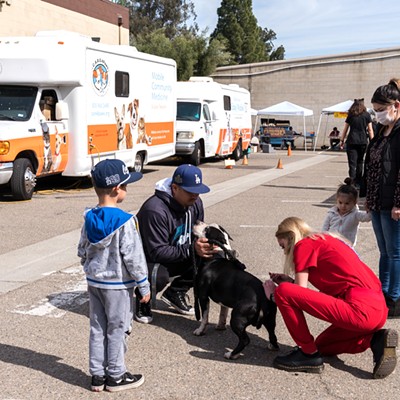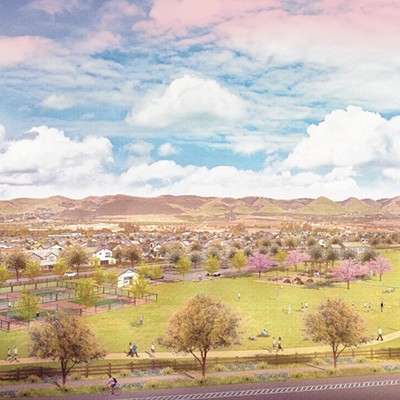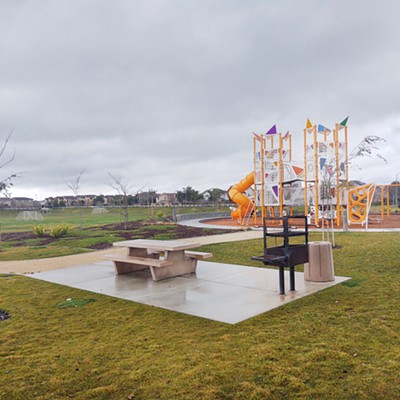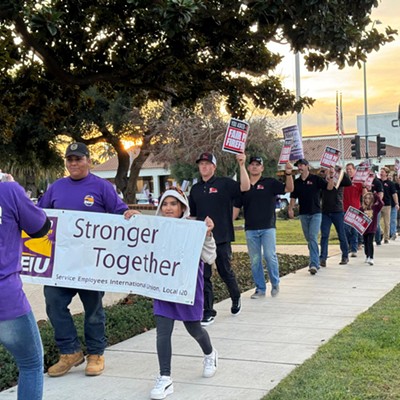Editor’s note: This article is one of a series that follows up on the Sun’s May 30 cover story, "Reaching across the divide."
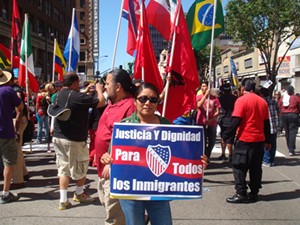
“Just because you see the alphabet doesn’t mean you speak the language,” Salazar said. “I couldn’t keep a conversation, but I could say ‘yes’ or ‘no’ and translate some stuff from Mixteco to Spanish.”
If Salazar wanted to be educated, she didn’t have the choice to learn in her native tongue. In fact, because she was Mixtecan, Salazar wasn’t expected to learn or gain an education. If it weren’t for her parents constantly pushing their children to learn, Salazar most likely wouldn’t have the master’s degree in education that she does today.
“That was a pretty clear expectation,” Salazar said. “My parents were pretty strict about that.”
Salazar’s parents weren’t educated. They couldn’t speak Spanish or even read or write in Mixtec. She said her father wanted more for his children, and that’s a big reason why her family immigrated to the United States from Oaxaca when she was 14.
Mixteco isn’t a written language, but it’s spoken by many who are indigenous to the state of Oaxaca in Mexico. There are other indigenous languages spoken in Oaxaca, too, such as Triqui and Zapotec. Because of the language and literacy gap between indigenous- and Spanish-speakers in Mexico, there is also a huge economic gap. It’s a gap that starts with education.
“It’s really hard to communicate,” Salazar said. “In some schools they [didn’t] even allow the kids to speak their own language, and that’s still happening in some places because they don’t always send a bilingual teacher to a community.”
When she was in elementary school, it was all about memorizing answers in Spanish rather than understanding the subject matter or the language. Although Salazar was able to progress through grade levels, that wasn’t the case for everyone, and sometimes children would drop out—simply because they couldn’t speak Spanish.
Translating to bridge the gap between languages is something Salazar said she has done since she was young, even when she couldn’t fully understand Spanish. After coming to the U.S., Salazar became fluent in English and Spanish, so she speaks three languages. She uses those skills to work with families through the Santa Barbara County Office of Education Welcome Every Baby Program.
Through Welcome Every Baby, Salazar helps parents give their newborns an opportunity to succeed. And though that’s the goal of the program, Salazar said it also gives her an opportunity to help the family as a whole—to talk to parents about college for their older children, help them find other services they need, and dispel rumors about immigration policy.
She said she hopes her ability to interact with families in their native language gives them the comfort and confidence to ask the questions they need to ask.
“If I’m there, if they have a question, hopefully, if they have the courage, they will ask me, because maybe I went through a similar experience,” Salazar said.
Even though Salazar did speak some Spanish when she first came to the U.S., peers repeatedly told her she would never amount to anything, merely because she was Mixtecan. During a college/career day seminar when Salazar was a sophomore at Santa Maria High School, a speaker asked students if they wanted to attend college.
Salazar raised her hand.
A girl in front of her started laughing at her.
“I remember this girl telling me—she was like, ‘Stop dreaming, you don’t even speak Spanish. You’re not going to college,’” Salazar said.
Her work with families has shown her that many Mixtecan children in Santa Maria are continuing to experience the same kind of treatment she received when she attended high school. Salazar said non-indigenous Spanish-speakers who are either first-, second-, or even third-generation immigrants from Mexico often treat Mixtecans as second-class citizens.
“I’ve had families tell me that their child doesn’t want to go to school because they get bullied because they don’t speak Spanish,” Salazar said.
She said children who were born in the United States learn from their parents about being biased against Mixtecs and other natives from the Oaxacan region. She added that it’s dangerous because that attitude is then perpetuated by future generations.
It’s not just through work that Salazar reaches out to her community. For the last two years, Salazar and her boyfriend have built up LULAC, League of United Latin American Citizens, in Santa Maria. They now have a youth group and an adult group that meet up.
It’s an 84-year-old organization that pushes for civil rights and equal opportunities for Latin Americans. She said it’s a good way to work with youth in the community, to bring them into the bigger conversation and encourage them to do well in school because of the opportunities that go along with education.
She said advocating for her community is just part of who she is. It’s something she’s always done and will always do.
“Sometimes it feels like it’s been a long journey,” Salazar said. “I don’t think I would change any part of it, not even the negative experiences.”
Contact Staff Writer Camillia Lanham at [email protected].


